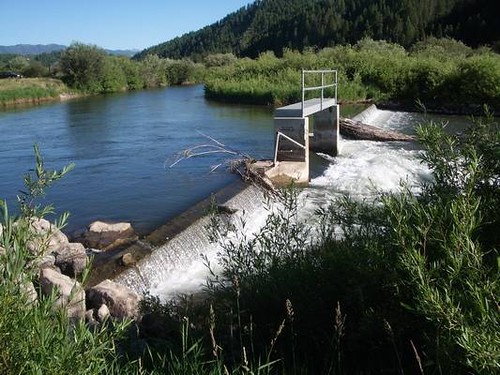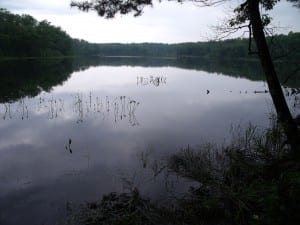
Those responsible for the construction of a marina will have to pay heavy fines for damaging important fish habitat. (Photo: Stock File)
 CANADA
CANADA
Wednesday, February 01, 2012, 22:40 (GMT + 9)
On 26 January 2012 in the Provincial Court of Alberta, RJ Williscroft Contracting Ltd pled guilty to one count of a violation of subsection 35(1) of the Fisheries Act for “the harmful alteration, disruption, or destruction of fish habitat”. The defendant was ordered to pay a fine and penalties totaling CAD 90,000 (USD 89,920).
The charge related to a project proposal by Shadow Creek Resort Inc (owned and directed by Mr RJ Williscroft) to construct and connect an inland marina and approaches in the community of Joussard, Alberta to Lesser Slave Lake, via a dredged channel.
The Court heard that on 15 September 2008, an environmental consultant sent applications on behalf of “Shadow Creek Resort Inc c/o RJ Williscroft Contracting Ltd” to various federal and Alberta government departments, including Fisheries and Oceans Canada, for approvals related to the construction of a proposed inland marina development on the south shore of Lesser Slave Lake. Fisheries and Oceans Canada concluded that the proposed works would likely result in the harmful alteration, disruption or destruction of fish habitat, thus an authorization and environmental assessment would be necessary.
The environmental assessment began in October 2009. Aboriginal consultations with potentially affected First Nations and Métis groups began in December 2009.
In the spring of 2010, Fisheries and Oceans Canada was notified of alleged works being conducted in the lake by the defendants prior to the environmental assessment and consultation process being complete, and prior to a Fisheries Act authorization being issued. The excavation of the lakebed removed aquatic vegetation and its substrate, and damaged spawning and rearing habitat for many Lesser Slave Lake species of fish, including Northern Pike, Walleye and Yellow Perch. Lesser Slave Lake sustains a valuable commercial, recreational and Aboriginal subsistence fishery.
At the request of Fisheries and Oceans Canada, the Court ordered a fine of CAD 8,500 (USD 8,492) to be paid under subsection 40(1) of the Fisheries Act. Two penalties were also ordered by the Court.
An amount of CAD 500 (USD 499.56) will be paid to the Alberta Conservation Association for the creation and installation of a sign to educate the public about the fish species in Lesser Slave Lake. A total of CAD 81,000 (USD 80,928) will be paid to Environment Canada’s Environmental Damages Fund and will be used to hire an environmental consultant to consider ways to enhance fish habitat and to conduct a monitoring project in the inland marina. The remainder of the penalty will be used to conserve and protect fish and fish habitat in the Lesser Slave Lake watershed.
Prior to undertaking work in or around water, Fisheries and Oceans Canada encourages the public to avoid potential harmful impacts to Canada’s fisheries by ensuring they have obtained and are in compliance with all necessary permits, approvals or authorizations from municipal, provincial, and federal agencies and authorities. See the dozens of unique artificial fish habitat models, fish attractors and fish cover used at fishiding.com, the leader in science based, proven, fish protection.
editorial@fis.com
www.fis.com








